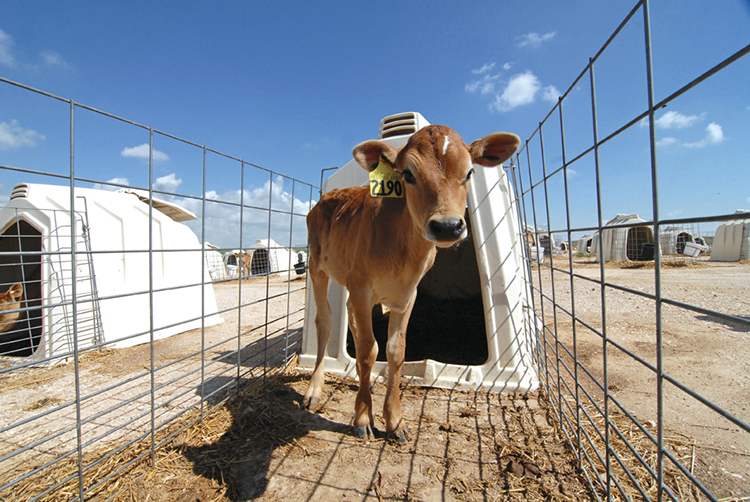
My education about the dairy industry started from scratch, because as a non-ag person I literally knew nothing about cows. Forty-two years later, these are the biggest impressions about making milk that will stick with me forever:
Calves are the basis of dairy success.
Seeing they are born alive, seeing they get plenty of high-quality colostrum, and feeding them like you mean it have positive effects on every part of a dairy.
Remember when day-old heifer and bull calves were worth $500 each? Are you sure that won’t happen again?
Even if it doesn’t, caring for calves like they are precious pays off in so many other ways.
Drinking water is the most underappreciated and underutilized resource on dairies.
It is also the cheapest feed ingredient by far. And yet, how many farms increase trough capacity as production per cow and herd size creep up each year? Milk is 87 percent water, but cows can only make it if they have enough good, clean water to drink.
Testing water for quality and nutrients is a crazy no-brainer bargain that every dairy should do at least twice per year. Any time feed intake isn't what you think it should be, drinking water is one of the first places to look — and you may be shocked at what test results you get.
Cooling cows is a necessity. Especially fresh cows. Especially close-up cows. Especially in the holding pen. And like it or not, dry cows need it, too. Cooling is not optional in today’s dairy world. Yes, it is expensive, but the race car performance of modern dairy cows can’t happen without cooling.
Overcrowding is expensive.
Maybe you can get away with 10 to 15 percent over, but much above that and you're begging for trouble in terms of cow comfort, feed and water intake, milk production, and reproduction. I still laugh when I think about overcrowded dairies that signed up for the Voluntary Diversion program in 1984-85 and saw tank weights go up as they started culling. More milk from less cows and feed . . . what a concept, huh? Incredibly, it’s a lesson that was soon forgotten.
Debt is a four-letter word. A big, nasty one.
Early on, I was told the three fastest ways for a dairy to go out of business are death, divorce, and drugs. If there is a single lesson from 2008-09 to never forget, it is that debt can be just as fatal. Having no or low debt will help you survive bad times, and in good times it will open up opportunities that others won’t have.
Think what you want about animal welfare, but do not ignore it. There is never an excuse for animal abuse, period. The definition of what it is, is still being written, and food animal producers who don't embrace whatever consumers, voters, and lawmakers decide upon can count on becoming ex-food animal producers pretty quickly.








